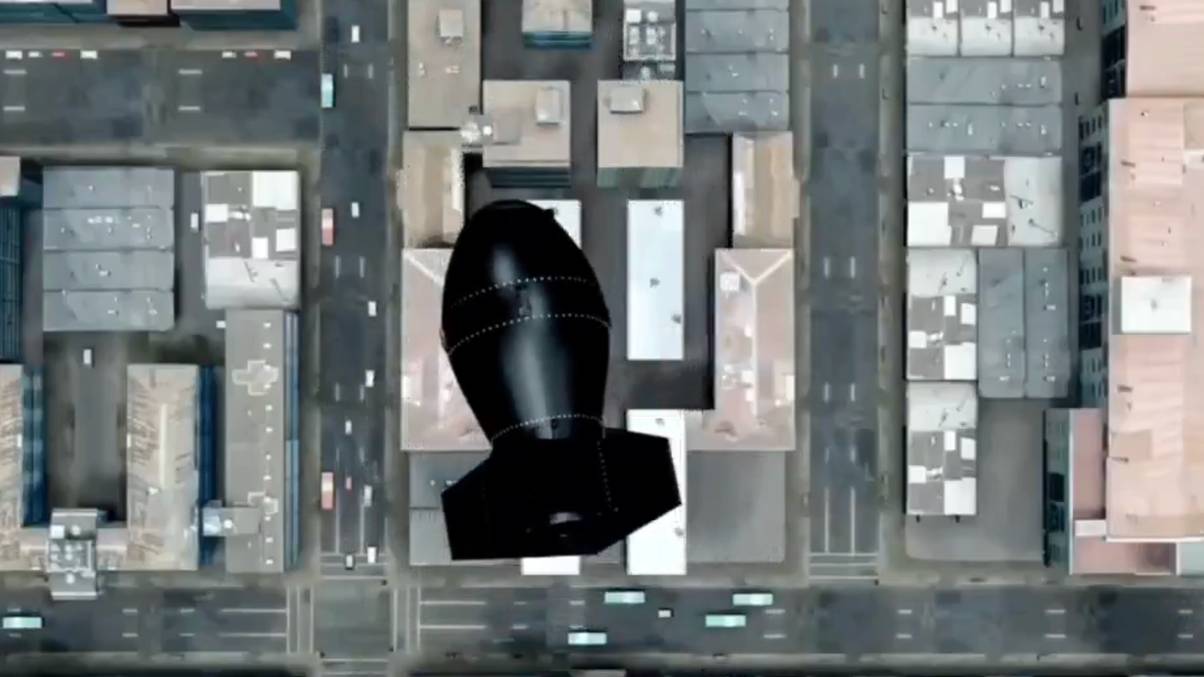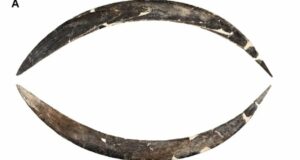“NASA’s Billion-Pound Quest: Are We One Step Closer to Uncovering Alien Secrets on a Mysterious Moon?”
Are you ready to witness something out of this world? NASA is gearing up for a monumental mission as it prepares to launch the £4 billion Europa Clipper spacecraft—our biggest shot yet at discovering alien life right in our cosmic backyard! Scheduled to take off from Florida’s Kennedy Space Center on October 14 at precisely 12:06 PM Eastern Time, this ambitious journey will delve into the depths of our solar system for a thrilling five-and-a-half years, with hopes of reaching Jupiter’s enigmatic moon, Europa. You may be wondering: will we finally find out if life exists beyond Earth? With the spacecraft’s eyes set on the frigid, ice-covered surface of Europa, scientists are eager to explore the moon’s potential for harboring life. So, as we countdown to launch, let’s keep our fingers crossed that we’ll see the universe’s biggest surprise unfold right before our eyes!
NASA is getting ready to launch a £4 billion spacecraft in to the solar system in a mission that is likely to be the biggest hope of finding extraterrestrial life close to home.
The American space agency is in the final stages before propelling the $5.2bn Europa Clipper spacecraft into the cosmic void, where it will embark on a detailed and critically important five-and-a-half year journey through our solar system.
NASA confirmed that Clipper will launch today (14 October) from its Kennedy Space Center in Florida at exactly 12:06pm Eastern Time. For UK readers, that will at 5.06pm BST.
The spacecraft’s launch was delayed due to the arrival of Hurricane Milton, which devastated Florida and left families and friends mourning loved ones who died in the extreme weather incident.
After being launched in to space, the Europa Clipper will head deep in to space in the direction of Jupiter.
Those at NASA are hoping this journey, which is 1.8 billion miles long, will finally bring us evidence of signs to life in the universe.
Clipper’s eyes will not be in Jupiter itself. Rather, it will be the planet’s moon Europa (hence the spacecraft’s name).
Once it arrives to its destination of choice, Clipper will orbit Jupiter and perform over 40 flybys of the Europa moon.
Europa, which is extremely cold and icy, is thought to be humanity’s best shot at finding evidence of life in our solar system, with the purpose of the journey to see if it has the conditions suitable to maintain life.
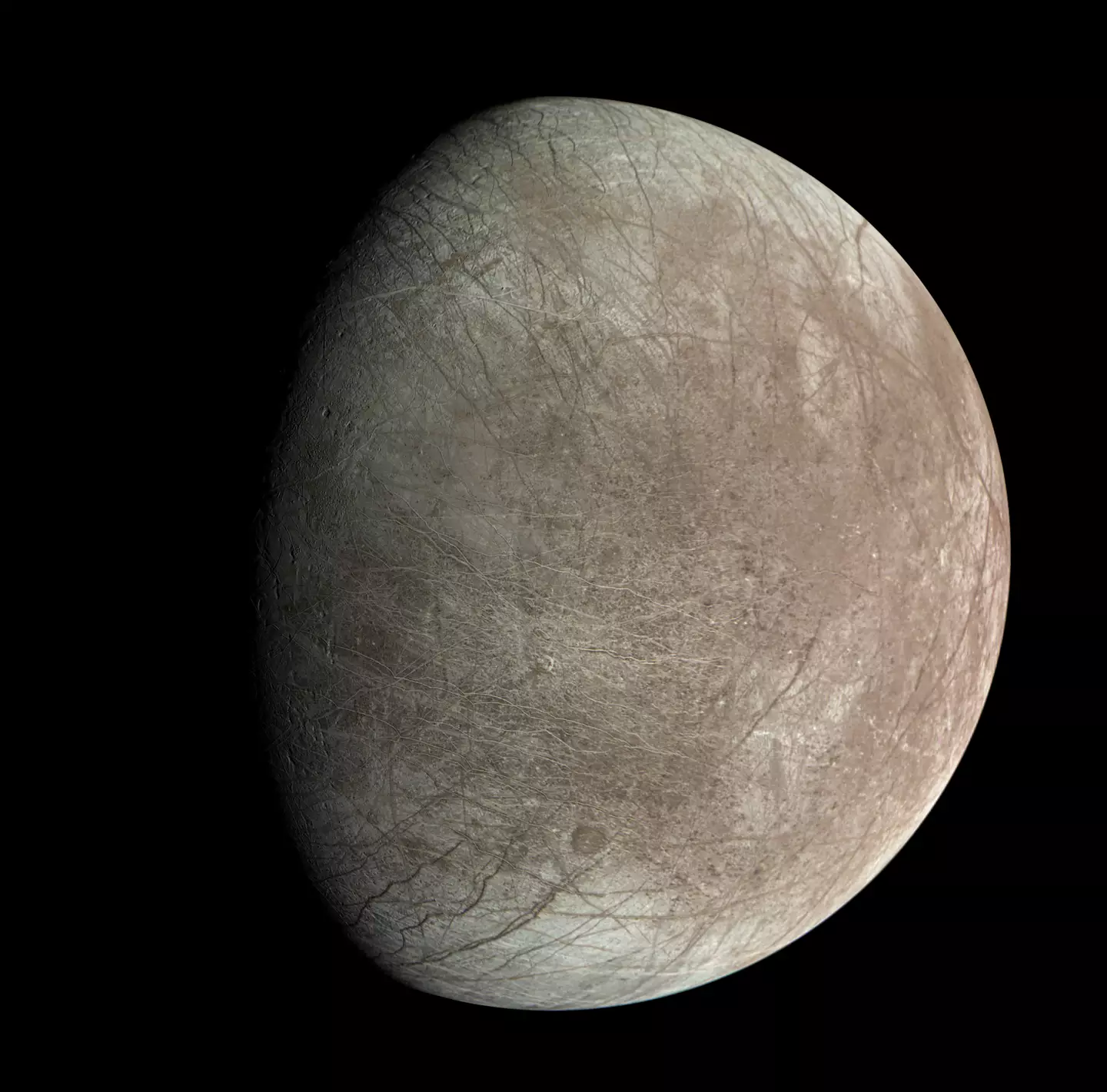
Jupiter’s moon, Europa (NASA/JPL-Caltech/SwRI/MSSS)
Earlier this year, NASA’s Juno spacecraft came within 220 miles of Europa’s frozen surface. Juno found that along with the expected ice blocks, walls, scarps, ridges, and troughs, its camera captured irregularly distributed steep-walled dips in the surface, ranging from 12 to 31 miles (20 to 50 kilometres) wide.
They looked like large egg shaped pits previously found in imagery from other locations of Europa. It is thought that a giant ocean is below Europa’s icy exterior, with these surface features been associated with ‘true polar wander’; a theory that Europa’s outer ice shell is essentially free-floating and moves.
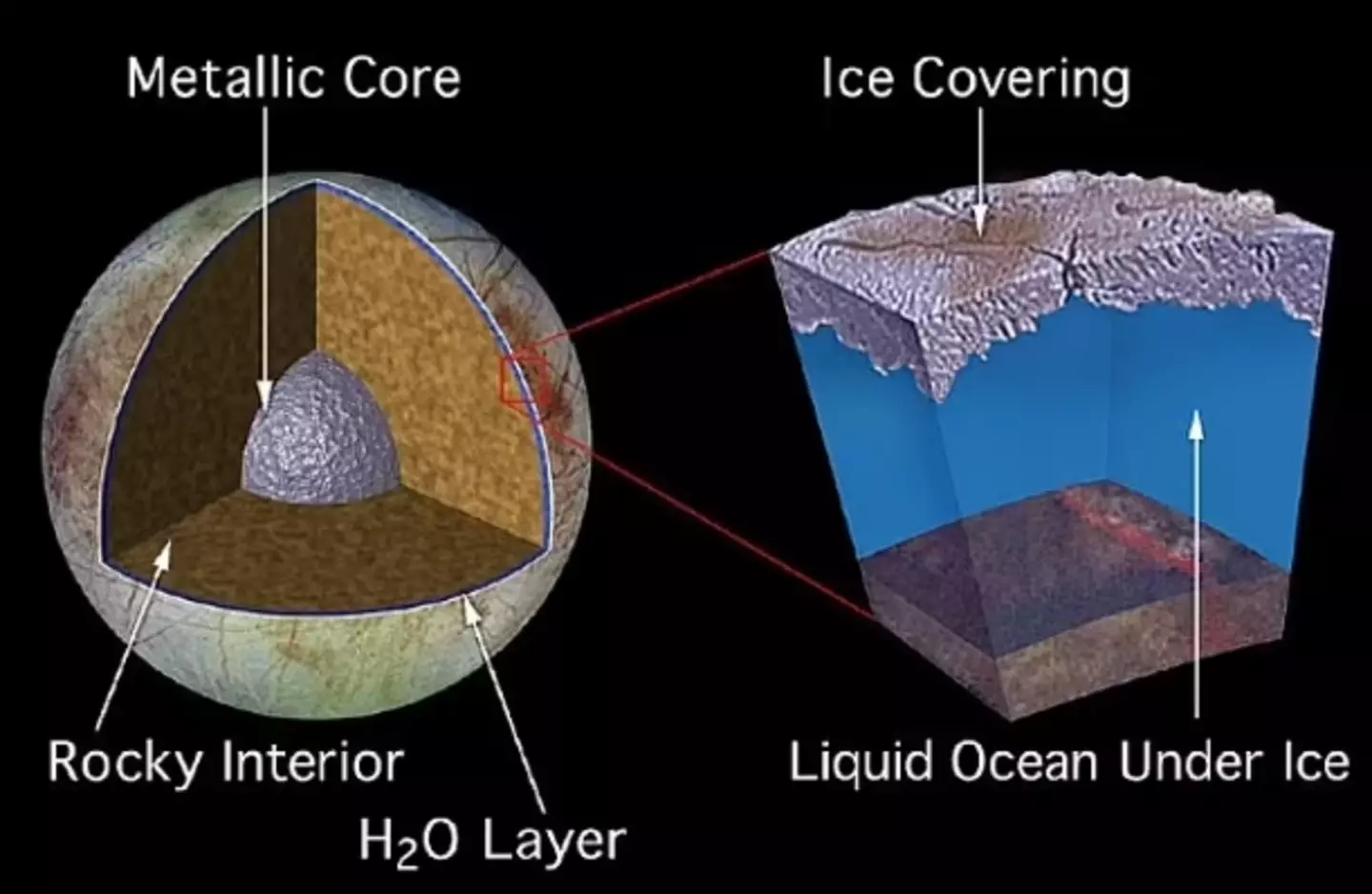
Scientists think the Europa moon has a free moving icy surface above a hidden ocean (NASA/JPL)
Bob Pappalardo, the Europe mission’s project scientist, said: “One of the fundamental questions that NASA wants to understand is, are we alone in the cosmos?
“If we were to find the conditions for life, and then someday actually find life in a place like Europa, then that would say in our own solar system there are two examples of life: Earth and Europa.
“That would be huge for understanding how common life might be throughout the universe.”
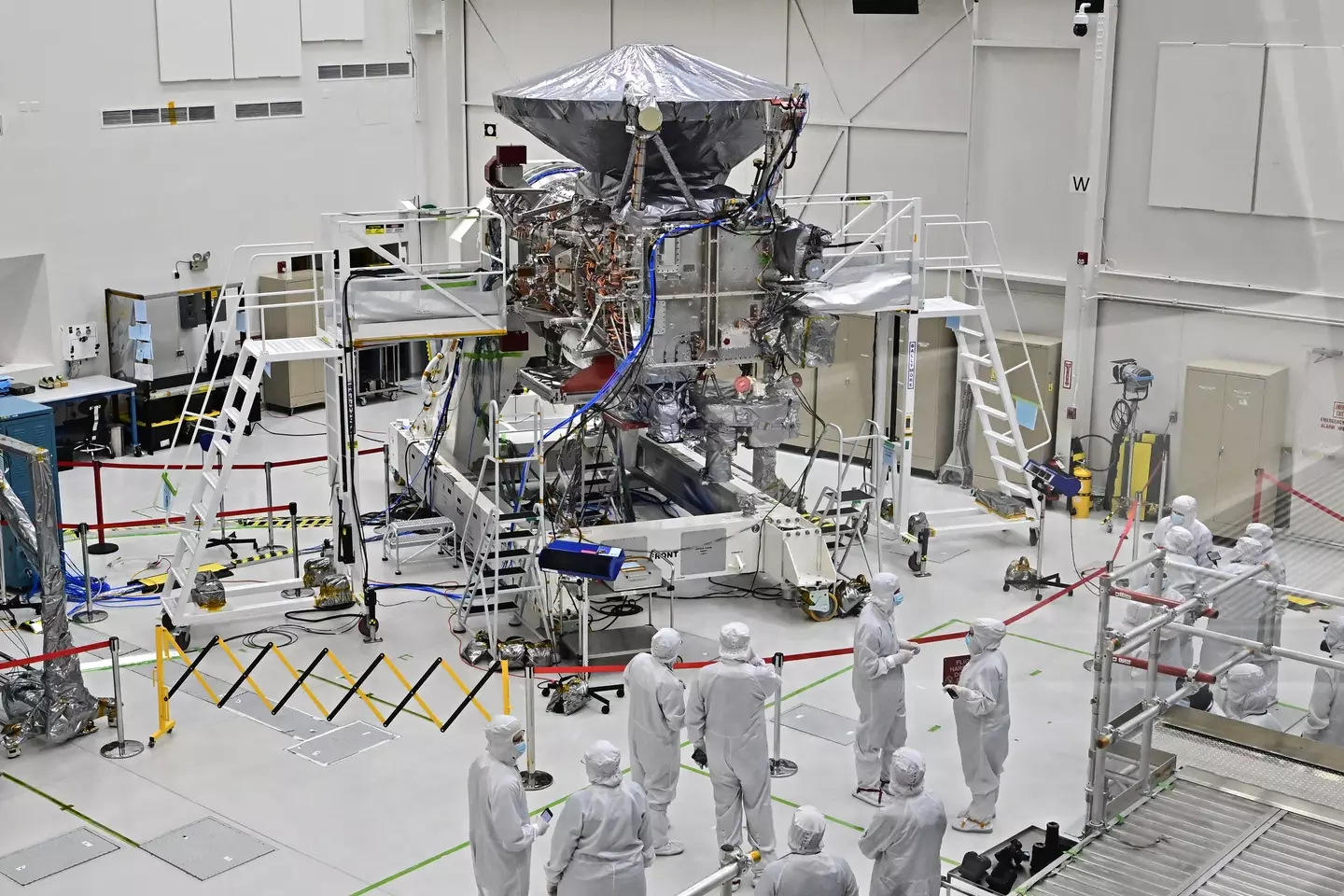
The Europa Clipper in a clean room (FREDERIC J. BROWN/AFP via Getty Images)
Europa Clipper is set to reach the moon in April 2030, where it will analyse icy particles.
From there, the hope is to detect bacteria in the water similar to sphingopyxis alaskensis, a common bacterium in waters off Alaska, which has been the guinea pig during the testing phase of the device.
Dr Bonnie Buratti at NASA’s Jet Propulsion Laboratory, the mission’s deputy project scientist, said the purpose of the mission is not to directly find life. Rather, it is to determine if Europa has the ‘ingredients’ to allow for life to exist.




